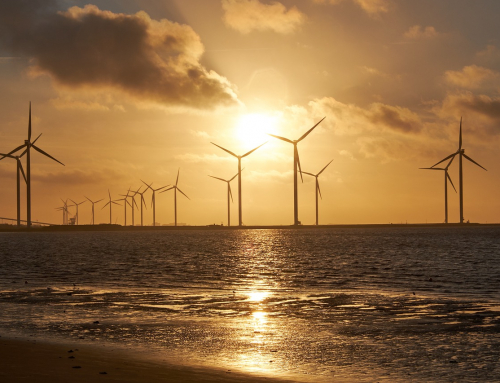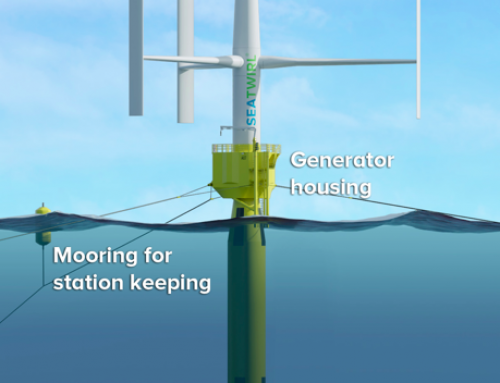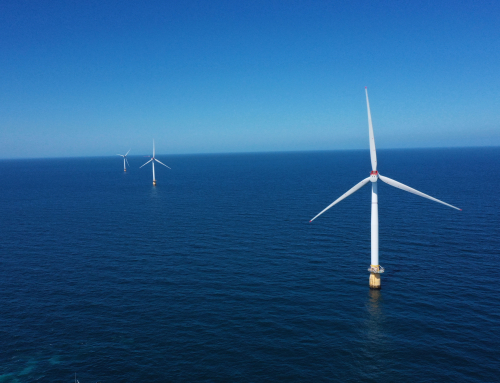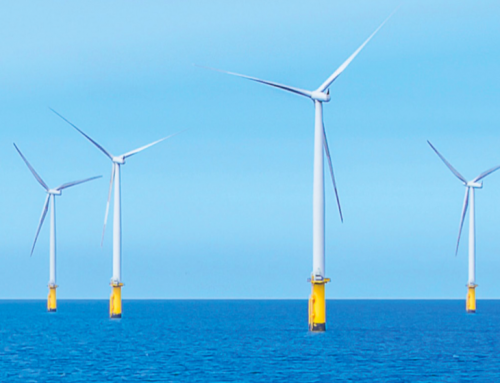By Julian Singer
In June the Crown Estate updated its listing of offshore UK wind farms to show 13.7GW fully commissioned projects and a further 65GW committed or under development and pre-planning. A further 9.7GW has been announced. This potential capacity of 88.4GW in offshore wind alone should produce slightly more than the total UK electricity production in 2022.[1] Of course this demand will increase significantly as electric cars and heat pumps become widespread.
This heavy dependence on offshore wind makes two recent news items all the more concerning. The first was the announcement on 26 July by the Swedish company Vattenfall that it was pausing development of its 1.8GW Norfolk Boreas field because of “..significantly deteriorating market conditions plus the effects of rising costs and supply chain delays..”.
In early 2022 Vattenfall was awarded a contract for difference to sell the electricity generated at £37.35 per MWh (in 2012 pounds). After allowing for inflation this price is above the average day-ahead wholesale electricity price for the ten years to 2021, but that price now stands near £80 and peaked above £300 in 2022 – well above inflation. The contract for difference obliges the company to pay the difference to the government. It must also raise investment and make plans using the CfD price, but this may be too low given the other factor: rising costs and supply chain delays.
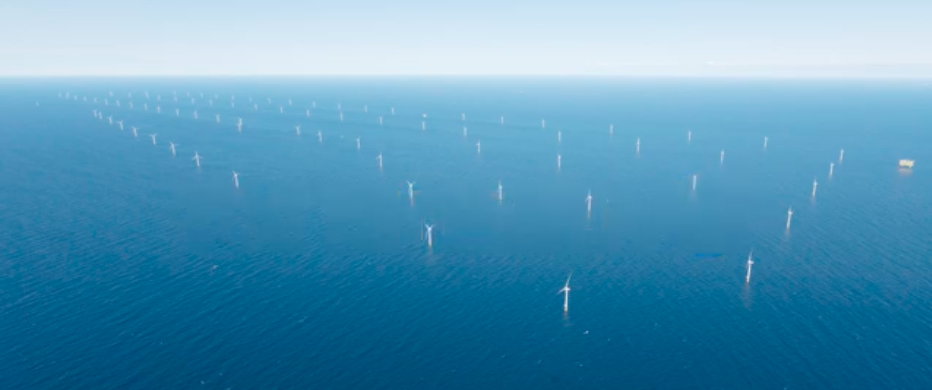
https://group.vattenfall.com/uk
The delays are exemplified by the second announcement on 8 August by Siemens Energy that it was booking losses of €2.2 billion of charges related mainly to quality problems (€1.6bn) and expansion of its offshore wind turbine factories (€0.6bn). These are large losses but must be put in the context of far larger outstanding orders of €14.9bn. Even so, this is disturbing news, given that Siemens was the second largest wind turbine manufacturer world-wide in 2022 and for offshore installations – of particular concern in the UK – the largest. These problems will inevitably lead to delays.
Rising costs are a concern in nearly all industries. In theory the contract for difference model handles the rise by increasing the strike price with inflation. In practice Vattenfall claims the cost of building offshore wind farms has increased 40 per cent this year, far above any official inflation number. In the longer term, however, once the turbines are running and the only costs are maintenance and operation, inflation related increases in strike price will produce pure income.
A more particular concern is the concentration in a small number of suppliers. Of the ten largest manufacturers in terms of capacity installed in 2022 the Danish Vestas was the largest with China’s Goldwind the third and the US GE the fourth (Siemens was the second). All the remaining top ten were Chinese except for Nordex, a German company, at number 8. With the large demand forecast for wind turbines it is surprising that no new companies are entering the field, particularly in the UK with its heavy emphasis on offshore wind. So far the only parts of wind turbines manufactured in the UK are the blades, such as at the Vestas plant on the Isle of Wight.
Two of the other companies awarded the same contracts for difference as Vattenfall – Engie’s Moray West and Scottish Power’s East Anglia Three – reached final investment decisions earlier this year, so their major costs should have already been locked in before the recent sharp rise in costs. However East Anglia Three’s turbines will come from Siemens Gamesa, so they can expect some delays.
In its announcement Vattenfall made clear that it was continuing to plan its other major project, the 1.8GW Norfolk Vanguard wind farm, which has received consent but as yet no government support. It will also continue work on the onshore substations and cabling that are needed by both projects hoping, no doubt, that future Contracts for Difference will be at a higher level. It has apparently lobbied the government strongly to offer some relief for Norfolk Boreas but so far to no effect. The CfD model has proved very effective at attracting investment in recent years but it now faces a major threat.
[1] Total UK generation in 2022 was 325.3TWh, slightly more than total consumption of 320.7TWh, which made the UK a net exporter for the first time in over 40 years (DUKES_2023_Chapter_5). The calculation assumes a capacity factor of 0.4 for offshore wind.

